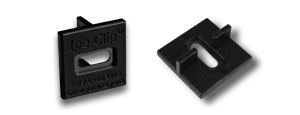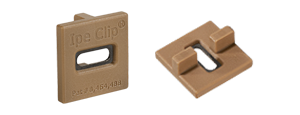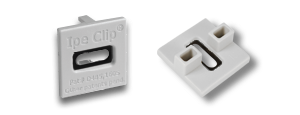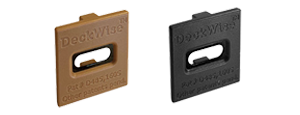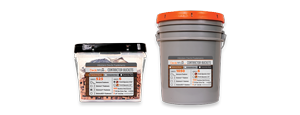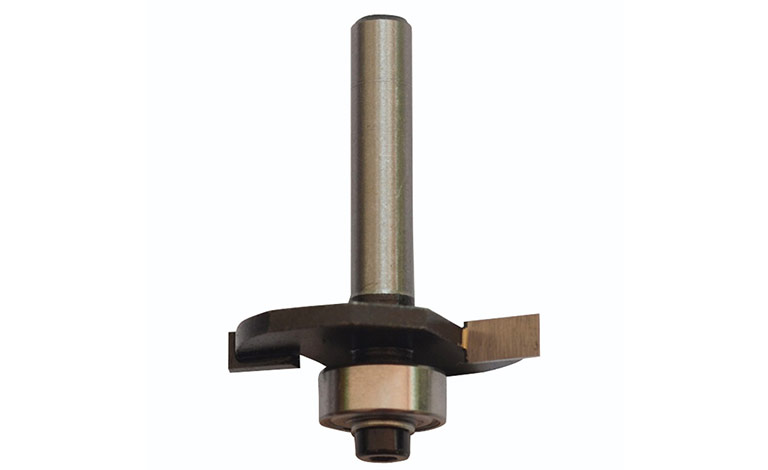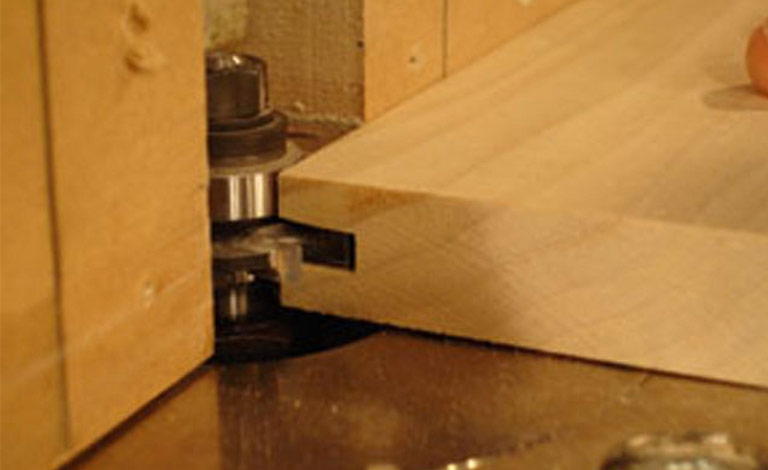When your slot cutting router bit arrives, simply pick the router bit up and have a look at it from every angle. Be sure to wear protective gloves, bit blades are extra sharp for hardwoods.
Does it appear balanced and even? Any dings, dents, blemishes, cracks or broken in any manner? Then spin the router bit in your fingertips to see if you observe anything irregular such as
out of balance or out of round. If you do, do not use the router bit and contact the manufacturer for a replacement bit.
Continually check your bits to make certain that they are clean, relatively free of pitch, and most of all, razor-sharp. In case the bit's cutting blades are dull, chipped, exceptionally burnt or
possibly has any other deficiency, it should be sharpened or even replaced before use.

